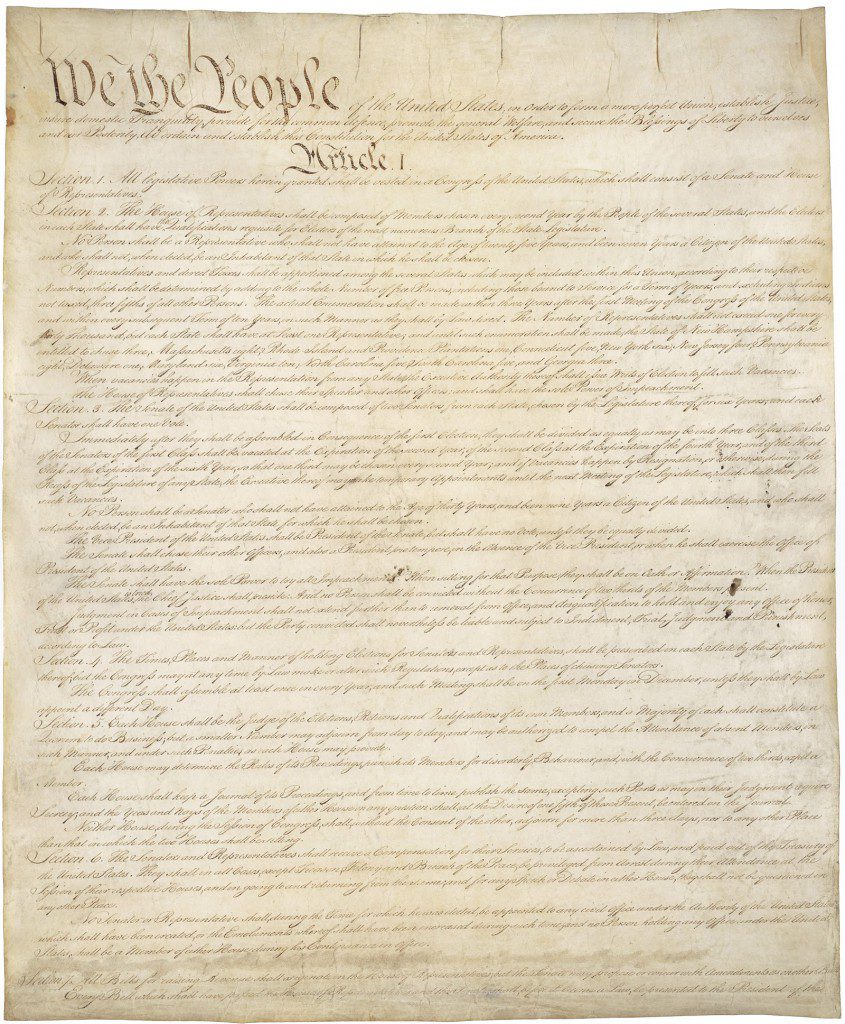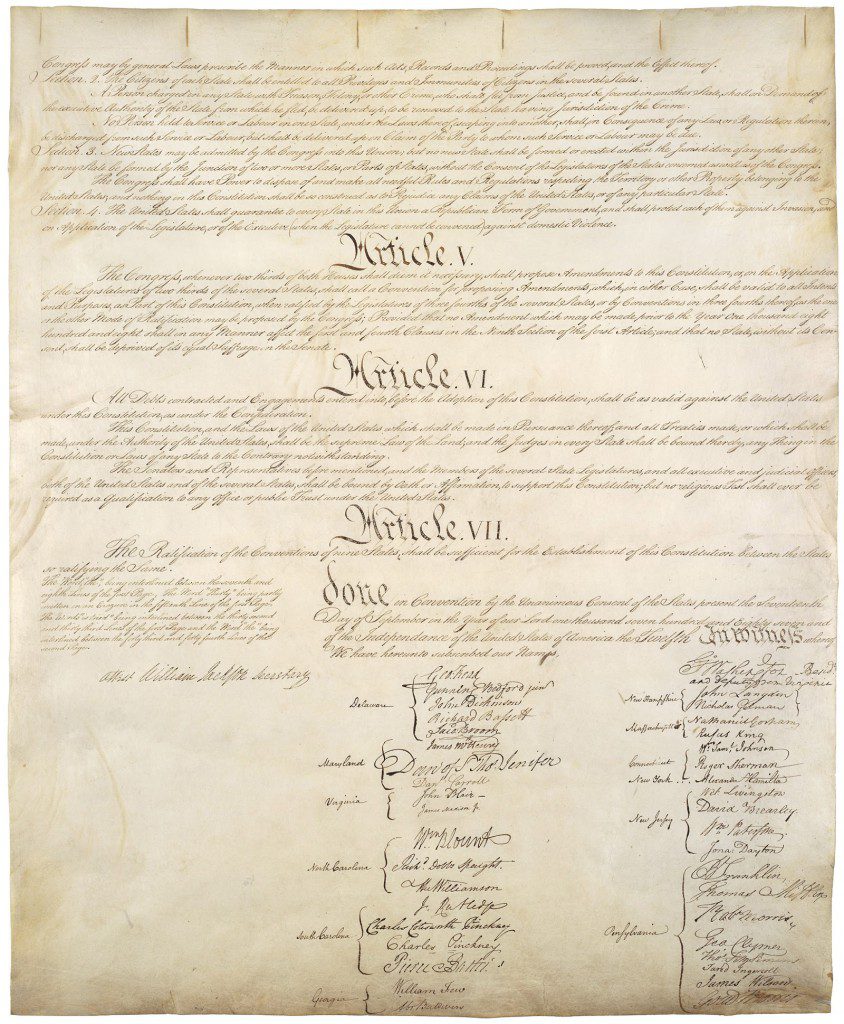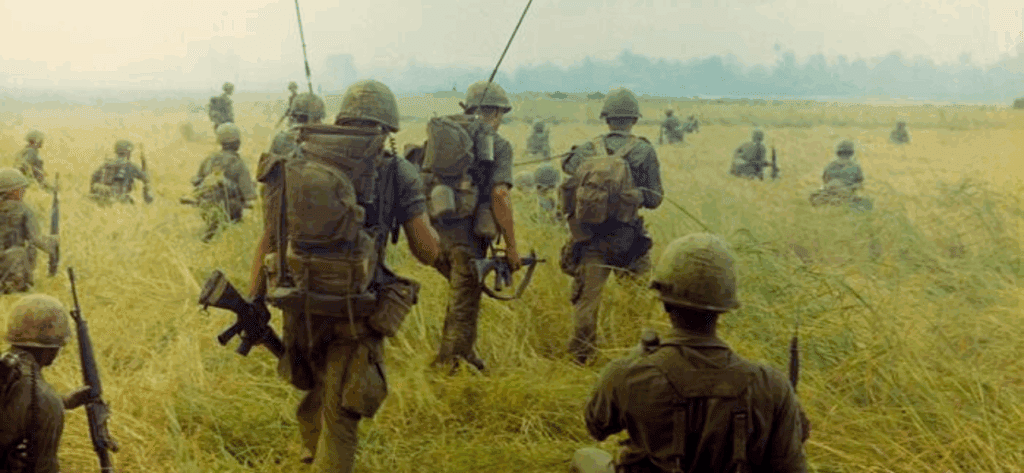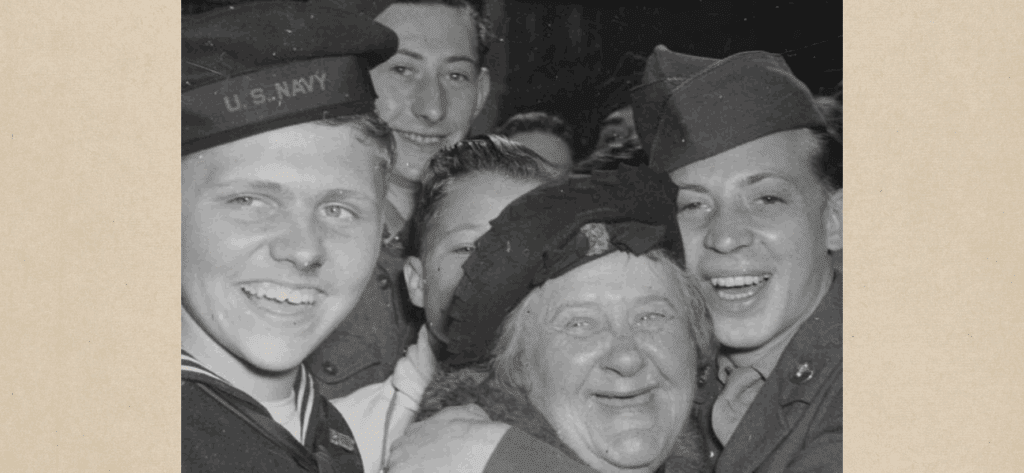
The Constitution of the United States was written in Philadelphia during the sweltering summer of 1787 by a convention of delegates representing 12 of the 13 states. Presiding over this gathering of well-educated lawyers, merchants, soldiers, and landowners was George Washington, then a delegate from Virginia who had served as commander in chief of the American forces during the War for Independence.
Working in secret, the delegates abandoned the Articles of Confederation that had joined the states together during the American Revolution but had failed to create a cohesive nation. In their place, they drafted the Constitution, establishing a stronger central government that could print money, collect taxes, build an army, and regulate trade. To prevent this new government from growing too strong, the framers split its powers among three branches — executive, legislative, and judicial — each with the authority to check and balance the other two. They also balanced the powers of big states and small states, and, in the spirit of the Revolution, made clear that the real power rested with the people, who would choose their leaders and be responsible for holding them accountable.
Even as they wrote and signed the document, delegates to the Constitutional Convention knew it was imperfect and would be revised. The Constitution has been amended 27 times over the past two centuries, yet it remains the longest-lasting written national constitution in the world and continues to inspire people of other nations as they write their own laws.
The Constitution’s home is the National Archives, where it is held in trust for the American people and preserved for future generations to see in the Rotunda for the Charters of Freedom.




Featured image is a photograph of a mural of a scene depicting the writing and adoption of the Constitution. The mural was painted by artist Barry Faulkner and permanently displayed in the Rotunda. Learn more about the mural here.




